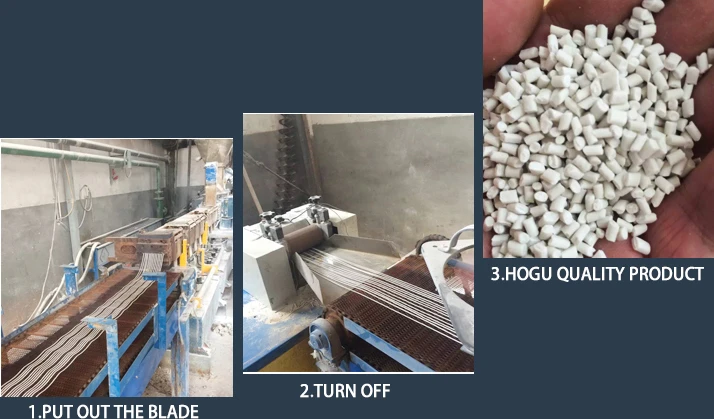



Making Soap with Caustic Soda Techniques and Tips for Beginners
The Basics of Soap Making with Caustic Soda
Soap making is an age-old craft that has gained renewed popularity in recent years, particularly among those looking to create natural, handmade products. One of the key ingredients in traditional soap making is caustic soda, also known as sodium hydroxide. Understanding the role of caustic soda in soap making is crucial for both safety and the creation of high-quality soap.
Caustic soda is a powerful alkaline substance that reacts with oils and fats in a process called saponification. This reaction transforms these fats into soap and glycerin, producing a gentle cleansing agent. To begin, it is essential to gather all necessary materials a digital scale, a mixing container, a stick blender, and safety gear, including gloves and goggles.
The Basics of Soap Making with Caustic Soda
Once the lye solution is cooled, it can be combined with the oils. This mixture is then blended using a stick blender until it reaches “trace,” a state where the mixture holds a trail on the surface when drizzled. At this point, fragrance oils, essential oils, or colorants can be added, allowing for endless creativity in soap design.
soap making caustic soda

After achieving trace, the soap mixture is poured into molds. It’s important to cover the molds and let them sit undisturbed for 24 to 48 hours. During this time, the soap undergoes the remainder of the saponification process. Once hardened, the soap can be removed from the molds and cut into bars.
Curing is the next essential step, where the bars are left to dry for four to six weeks. This process allows excess water to evaporate and the soap to harden further. Properly cured soap is milder and lasts longer when used.
While making soap with caustic soda can seem daunting, it is a rewarding craft that results in beautiful and functional products. However, it is crucial to handle caustic soda with caution, as it can cause burns. Following safety guidelines and using appropriate protective gear ensures a safe soap-making experience.
In conclusion, the use of caustic soda in soap making brings both science and art together, allowing anyone to create customized soaps that nourish the skin and delight the senses. Whether for personal use or as gifts, handmade soap is a treasured creation that reflects individual style and care.
-
Why Sodium Persulfate Is Everywhere NowNewsJul.07,2025
-
Why Polyacrylamide Is in High DemandNewsJul.07,2025
-
Understanding Paint Chemicals and Their ApplicationsNewsJul.07,2025
-
Smart Use Of Mining ChemicalsNewsJul.07,2025
-
Practical Uses of Potassium MonopersulfateNewsJul.07,2025
-
Agrochemicals In Real FarmingNewsJul.07,2025
-
Sodium Chlorite Hot UsesNewsJul.01,2025










